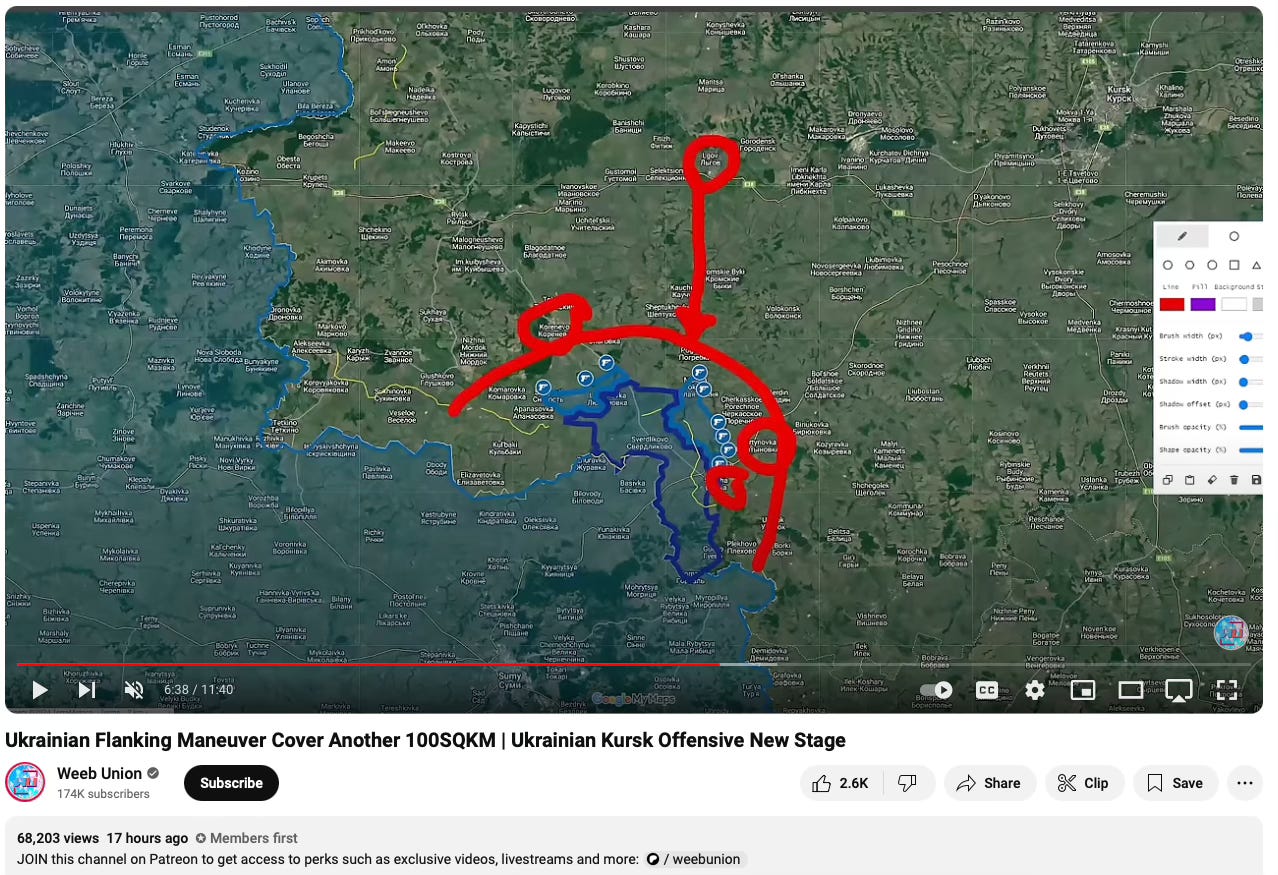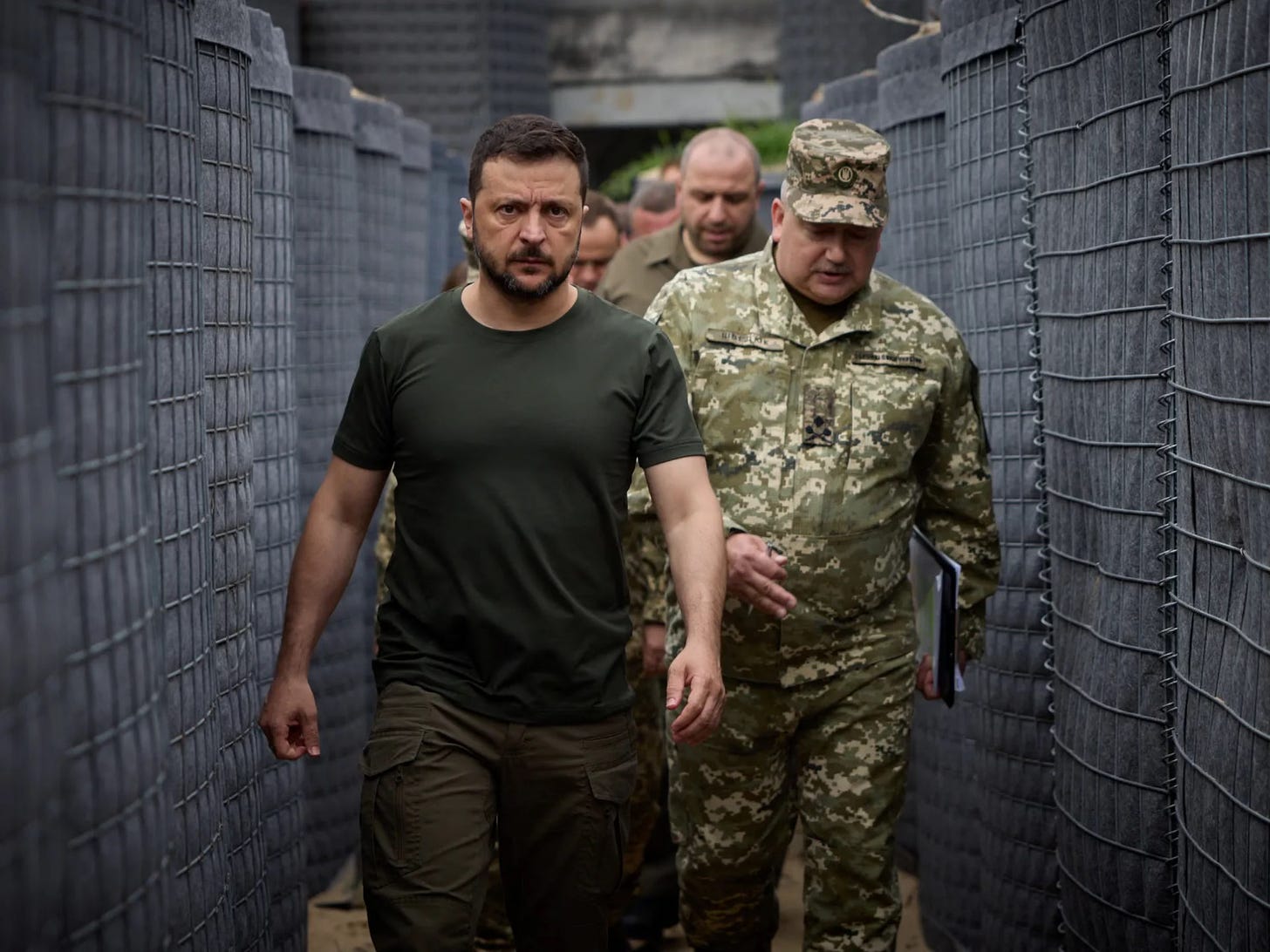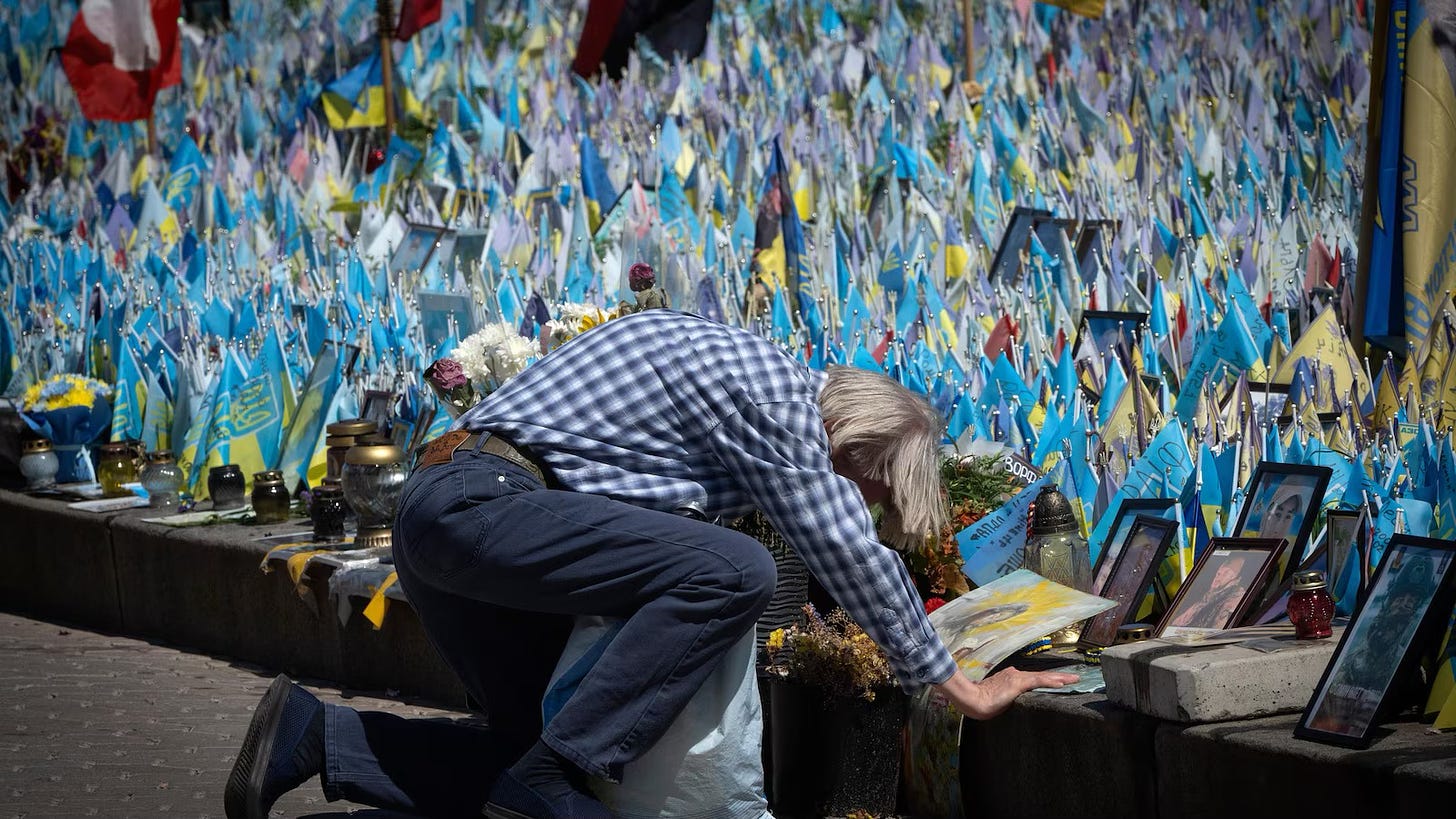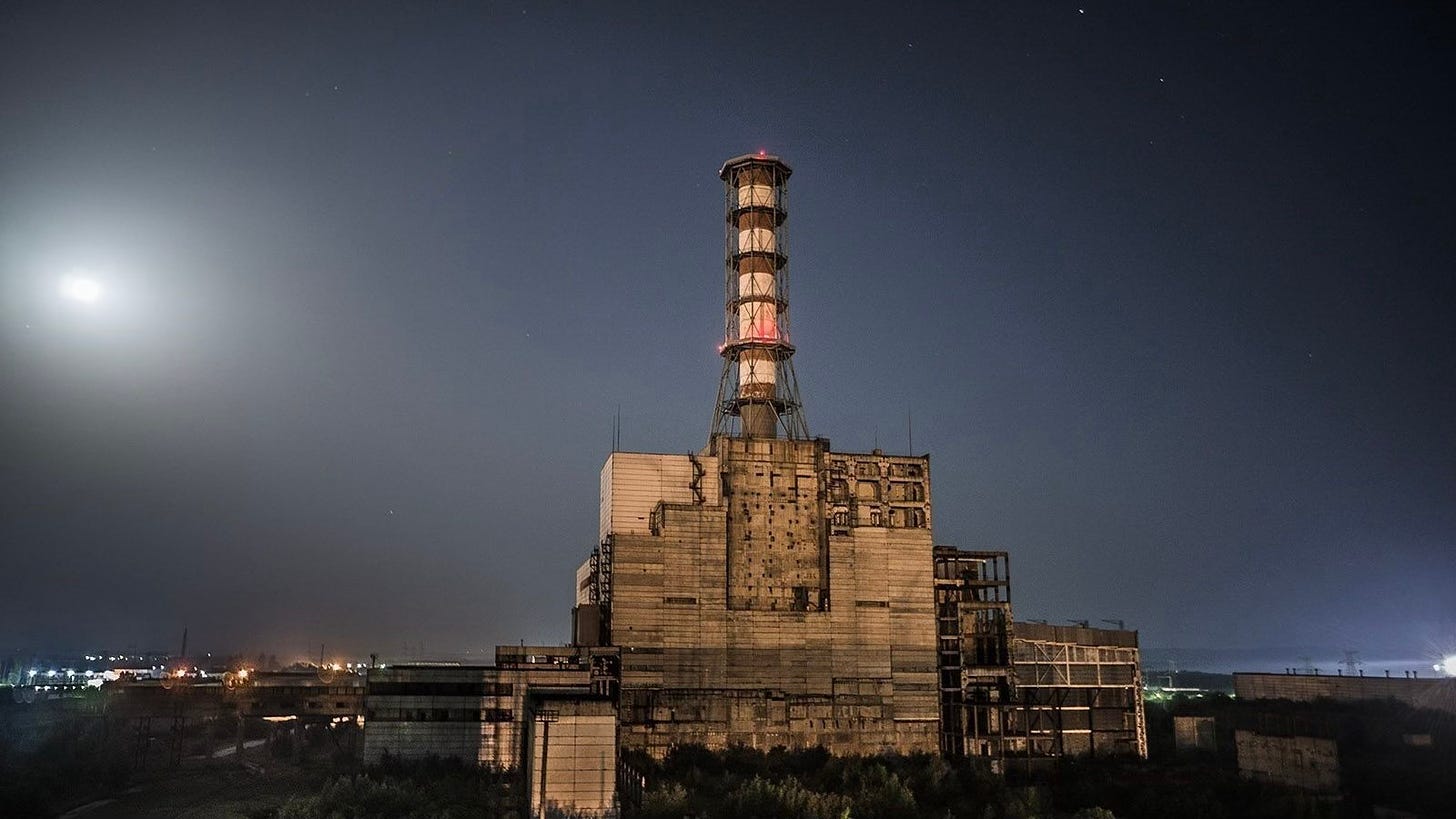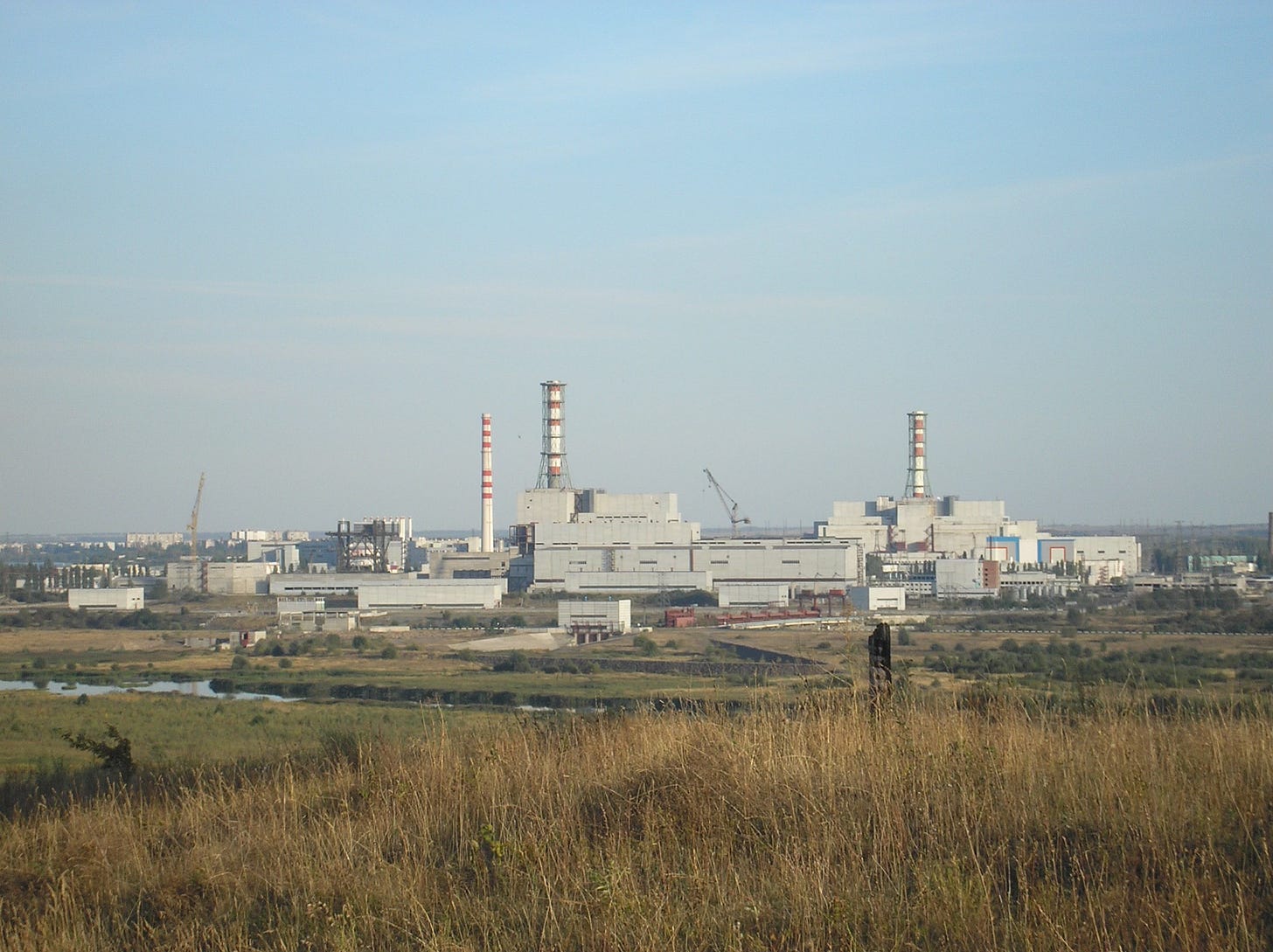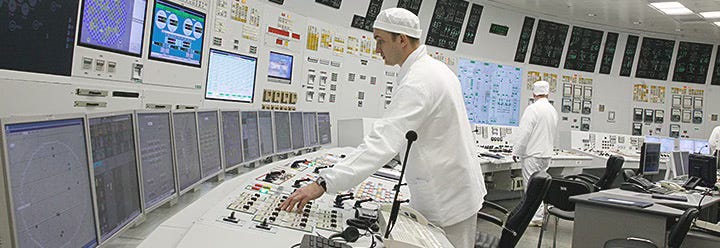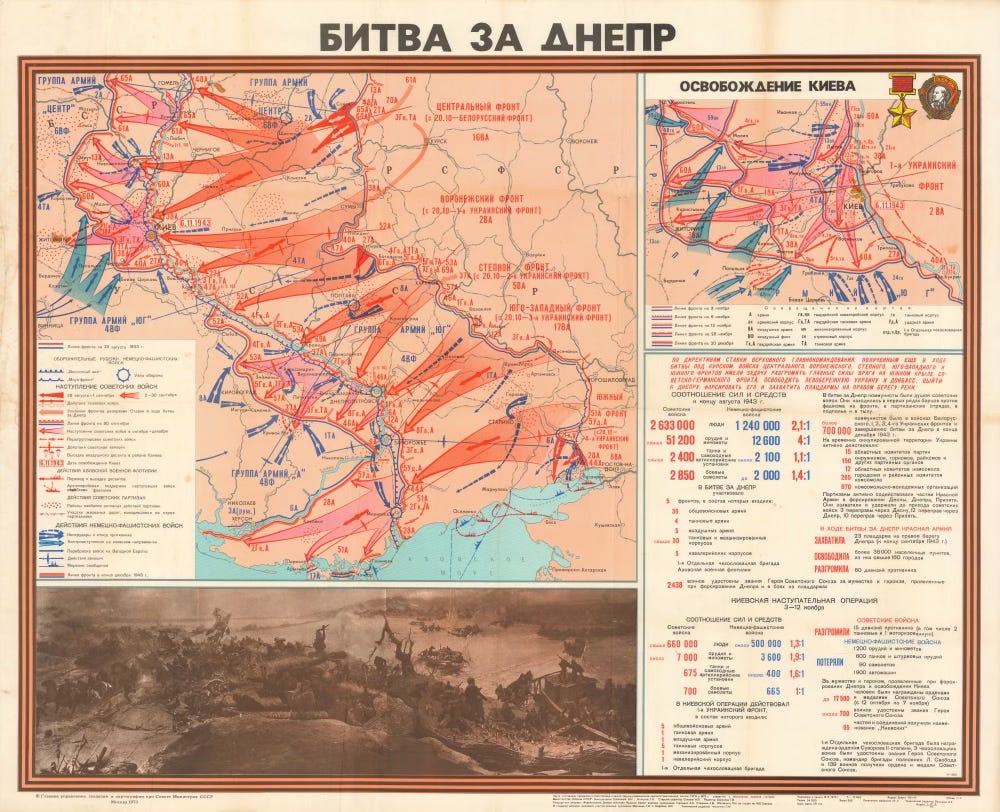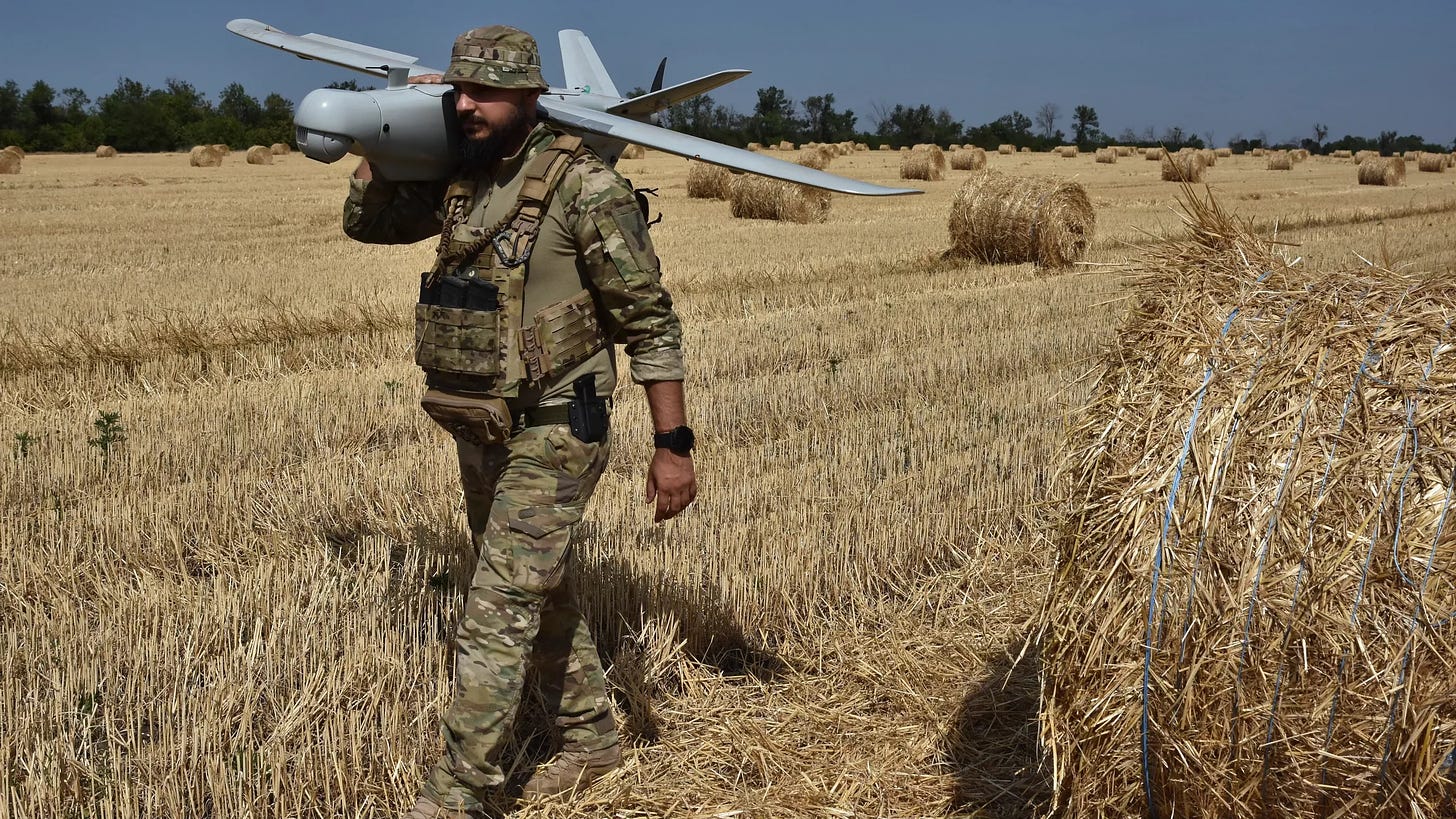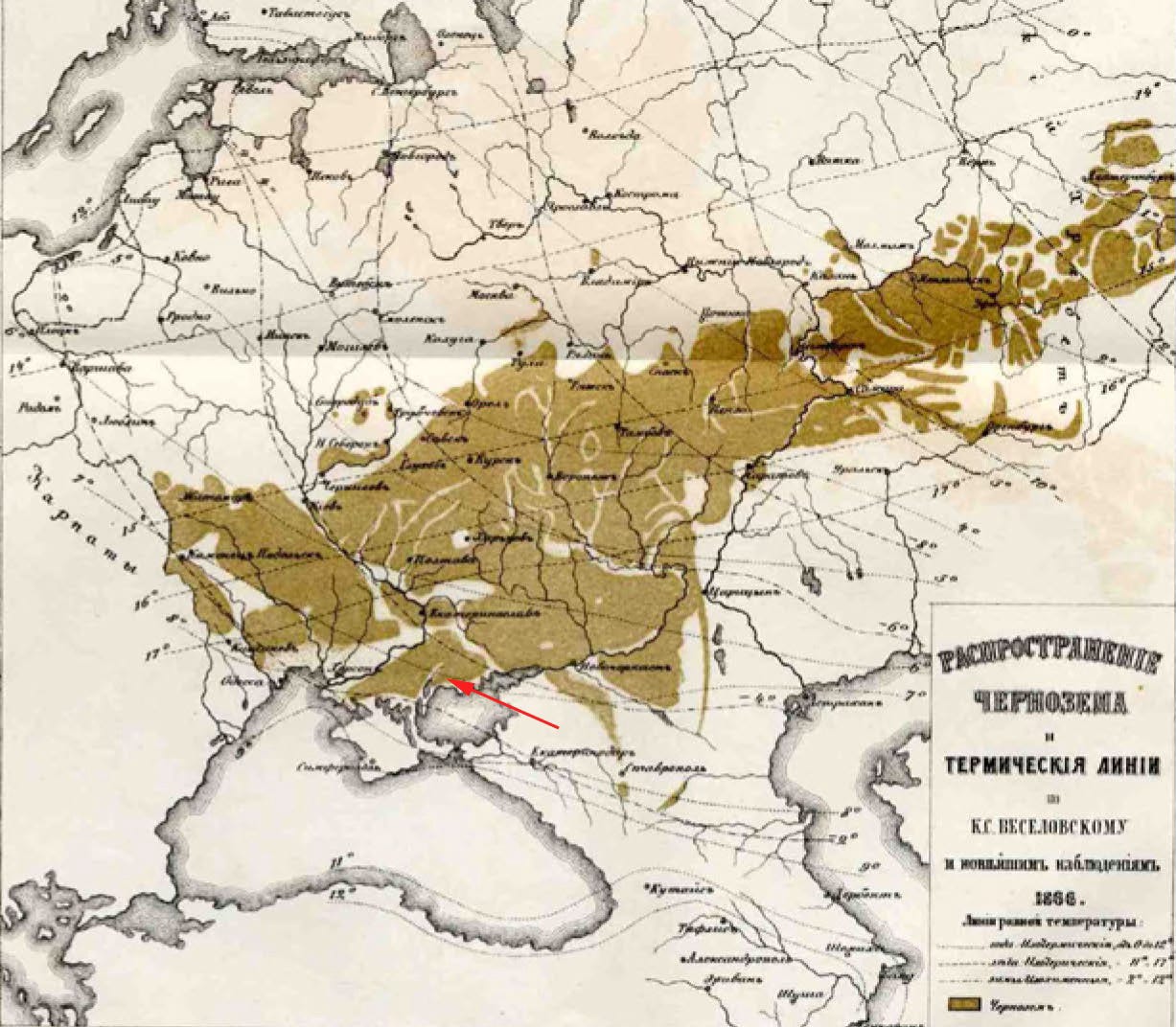Ukraine Strike-out
Kursk attack ‘worsens conflict, dashes hopes for peace, IAEA monitoring Ukraine incursion near Kursk Nuclear Power Plant, Battle of the Dnieper, Black Earth Region,
Kursk attack ‘worsens conflict, dashes hopes for peace talks’
US support for Ukraine ‘hypocritical,’ prolonging war: expert
By GT staff reporters
Russian President Vladimir Putin on Wednesday called the alleged incursion by Ukraine a "large-scale provocation" after Ukrainian forces reportedly launched a "massive attack" in Russia's Kursk region, which has reportedly resulted in at least five civilian deaths and more than 30 injuries.
Experts predicted that the attack will undoubtedly exacerbate the situation on the battlefield and dash the hard-won hopes for peace talks that the international community has worked hard to achieve.
CNN reported that it would "mark the first incursion of its kind from Ukraine" in the two-year conflict if the attack is confirmed.
A state of emergency has been declared in the Kursk region of Russia. Russian officials said the incursion resulted in five civilian deaths and 31 injuries, six of whom were children.
There were up to 1,000 Ukrainian troops, as well as 11 tanks and more than 20 armoured combat vehicles entering Russia near the town of Sudzha on Tuesday morning, BBC reported citing Moscow sources.
"The choice of timing for this attack has mainly taken into consideration the opportunity presented by the change in the Russian military leadership and the rotation of frontline Russian troops," Cui Heng, a scholar from the Shanghai-based China National Institute for SCO International Exchange and Judicial Cooperation, told the Global Times.
"With Western voices now calling for negotiations with Russia, Ukraine wants to demonstrate its combat capabilities and determination at this juncture to avoid being quickly abandoned," Cui said.
US National Security Council spokesman John Kirby said the White House will be reaching out to Kiev "to get a little better understanding" of the situation in Kursk, adding that the US "has not changed its policy of authorising Ukraine to use American-supplied weapons to target imminent threats just across the border," Ukrainska Pravda reported.
The US has exposed its hypocritical duplicity as it claims to "restrain" the use of American-made weapons on the one hand while in reality, indulging Kiev with financial and military support. To some extent, the attack on Russian targets is a result of the US' fueling the fire, Li Haidong, a professor at the China Foreign Affairs University, told the Global Times.
Ukrainian President Volodymyr Zelensky on Sunday confirmed that his country has received and is already using its first batch of American-made F-16 fighter jets.
The US' actions have not been downplayed despite international efforts for dialogue; on the contrary, it is hindering a peaceful resolution to the crisis against the will of the global majority, Li said.
https://www.globaltimes.cn/page/202408/1317689.shtml
IAEA Director General Statement on Developments in the Russian Federation
The IAEA has been monitoring the situation on the reported military activities taking place in the vicinity of the Kursk Nuclear Power Plant (NPP).
This NPP has six units of two different reactor types: RBMK-1000 and VVER-510. Two of the RBMK-1000 are in shutdown and two are fully operational. The two VVER-510 units are under construction.
In view of the reportedly significant military activity, I wish to remind all parties of the seven indispensable pillars for ensuring nuclear safety and security during an armed conflict. Additionally, I emphasize the five concrete principles to help to ensure nuclear safety and security which have been established for the Zaporizhzhya NPP in the context of the current conflict between the Russian Federation and Ukraine, and which are equally applicable in this situation. These include, among others, the imperative to ensure the physical integrity of a nuclear power plant. This is valid irrespective of where an NPP is situated.
At this juncture, I would like to appeal to all sides to exercise maximum restraint in order to avoid a nuclear accident with the potential for serious radiological consequences. I am personally in contact with the relevant authorities of both countries and will continue to be seized of the matter. I will continue to update the international community as appropriate.
https://www.iaea.org/newscenter/statements/iaea-director-general-statement-on-developments-in-the-russian-federation
Kursk NPP
Kursk Nuclear Power Plant is a branch of the Federal State Unitary Enterprise “Russian State Concern for Production of Electric and Thermal Energy at Nuclear Power Plants” (“Rosenergoatom” Concern) of the Federal Agency for Nuclear Energy.
Kursk NPP is situated 40 km west of Kursk, on the bank of Seim River with the satellite-city Kurchatov located 3 km from the plant.
The decision on the construction of Kursk NPP was made in the mid 1960s. The project was started in 1971. The plant was supposed the cover the growing energy demands of the quickly developing industrial complex of the Kursk Magnetic Anomaly (Stary-Oskol and Mikhaylovsk ore mining and processing factories and other manufacturing companies). The general designer of Kursk NPP was Atomenergoproject (Moscow); the general contractor - the Research and Development Institute of Power Engineering (Moscow); the research manager – Kurchatov Institute. The construction was executed by the Department for the Construction of Kursk NPP (presently Kurskatomenergostroy Ltd.).
Kursk NPP is a one-circuit plant: the steam supplied to the turbines is produced inside the reactor by the boiling coolant (ordinary clean water circulating inside a circuit). For condensing the steam the plant uses water from a 21.5 sq m cooling pond.
Kursk NPP has four RBMK-1000 reactors (1000 MW each) and is building new ones. The 1st unit was launched in 1976, the 2nd in 1979, the 3rd in 1983 and the 4th in 1985. Kursk NPP is one of the three biggest NPPs and one of the four biggest electricity producers in Russia (along with Balakovo and Leningrad NPPs and Sayano-Shushink WPP).
Kursk NPP is an important part of the United Energy System of Russia. Its key consumer is the Center energy system covering 19 regions of the Central Federal District. Kursk NPP produces 52% of the total output of all electric power plants of Chernozemye (Black Earth Belt). It feeds 90% of the industry of Kursk region. It also supplies electricity to northern and north-eastern Ukraine.
As of Jan 1 2006 the plant had generated 560bln KWh. Today Kursk NPP is the key energy supplier of Central Chernozemye, a region that produces 48% of iron ore, 13.5% of steel, 19% of ferrous metals, 9.6% of meat, 19.5% of sugar in Russia. Without Kursk NPP the region would hardly develop.
https://www.rosenergoatom.ru/en/npp/structure/site-kursk-npp/
Anniversary of the end of the Battle of the Dnieper during the Great Patriotic War
23 December 1943
December 23, 1943 ended the Battle of the Dnieper of the Great Patriotic War.
Battle of the Dnieper was a combination of several operations within the advance of the Soviet army during the Great Patriotic War, and was intended to liberate the left banks of the Dnieper, the lands of Ukraine, the Donbass, crossing the Dnieper River and capture of the strategically important facilities and territories.
By the beginning of the Battle of the Dnieper in the south-western strategic sector the Soviet troops opposed to a strong enemy force including the 2nd Army of the Army Group "Center", the 4th Panzer Army, the 8th, the 1st Panzer Army and the 6th army of the Army Group "South" (Field Marshal General E. Manstein), totally about 1, 250 000 men; 12,.600 guns and mortars, about 2, 100 tanks and assault guns, and up to 2, 000 aircrafts. The Soviet troops included about 2, 650 000 men, more than 51, 000 guns and mortars, more than 2, 400 tanks and self-propelled guns and 2, 850 aircrafts.
The first phase of the battle began on 26 August, when the forces of the Central Front went on the offensive. Most successful were the troops of the 60th Army under General I. D. Chernyakhovsky, which managed to break through the German defenses on the secondary sector, south of Sevsk. Front Commander General K. K. Rokossovsky threw into the breach the main shock troops of the front, which was a major strategic advantage. By August 31, the breakthrough of the enemy’s defense extended to 100 km wide and up to 70 km in depth, forcing the Germans to begin the withdrawal of troops to the Desna and the Dnieper. Meanwhile, joined forces of the Voronezh and Steppe Fronts joined the offensive.
August 13-16, began the advance of South Western front, and August 18 the offensive was joined by the Southern Front, breaking the defensive line on the River Mius, and liberating Taganrog August 30. In early September, the offensive of the Red Army unfolded across the Left-Bank Ukraine and in the Donbass. In these circumstances, the German command began to withdraw its troops to other side of the Dnieper. In pursuit of the retreating enemy, the advance units of the Red Army reached the Dnieper at the 750-kilometer stretch from Loev to Zaporozhye and immediately began crossing the river. By the end of September Soviet troops occupied 20 bridgeheads on the right bank. German government plans for the long defense of the Left Bank were disrupted.
In the second phase of the battle, in October - December 1943, a stubborn fight for places of arms began. Meanwhile, the reserves were being pulled up; bridges were being built and strength for another blow was being developed.
From 26 September to 20 December was held the Nizhnedneprovsk operation by the armies of the Steppe (2nd Ukrainian), South-Western (3rd Ukrainian) and Southern (4th Ukrainian) Fronts. As a result of the operation was released the North Tavria, blocked the Crimean Peninsula and captured the largest bridgehead on the right bank of the Dnieper, from Cherkassy to Zaporozhye. Nizhnedneprovsk operation was notable for fierce battles and heavy losses on both sides.
In November, the center of all events on the Dnieper moved to the Kiev sector, which was crucial in the battle for the Right Bank Ukraine. November 6 the capital of Ukraine, Kiev, was liberated from the enemy troops by the 1st Ukrainian Front. After the operation to free Kiev, battle lines and communication units of the 1st Ukrainian Front, commanded by Army General N. F. Vatutin were stretched for many kilometers.
German troops took advantage of the fact, making a number of counterattacks to restore the defensive line along the Dnieper. From the very beginning of the operation the nature of the fights was quite fierce. Despite the stubborn resistance of the Soviet troops and heavy losses in men and material, the enemy command, having received large reinforcements, managed to break the defense of the Red Army at several areas and encircle a part of the forces of the 60th Army. November 20, Germans recaptured Zhitomir, liberated a week before.
Continuous enemy counterattacks continued until the end of November. By 30 November the Soviet command succeeded to stabilize the front line. In December, the German 4th Panzer Army twice tried to break through to Kiev. December 7-14, three armored divisions of the enemy, including the 1st Panzer SS Division "Leibstandarte Adolf Hitler", attacked the town of Radomyshl, and 16-20 December made another blow near the village of Meleni. December 21-22, after heavy and exhausting fightings, Soviet forces passed to the counteroffensive and threw back the enemy forces. German plan to break through to the Dnieper River and capture Kiev was frustrated. The Kiev defense operation ended with the termination of the Battle of the Dnieper.
During the Battle of the Dnieper, Soviet troops inflicted a heavy defeat on the main forces of the Army Group "South" and on a part of the Army Group "Center" of the enemy; liberated more than 38, 000 villages, 160 cities and towns. The capture of bridgeheads on the Dnieper provided the necessary conditions for the offensive in Belarus, the complete liberation of the Right-Bank Ukraine and the development of a successful attack in the western and south-western sectors.
Soldiers, sergeants, officers and generals of all the armed forces who had particularly distinguished themselves in battles, were awarded the title of the Hero of the Soviet Union. Many units and formations were given honorary title of "Kiev", "Dnepr", "Poltava", "Chernigov", "Dnepropetrovsk", "Zhitomir", "Fastov", "Kremenchug," "Mariupol", "Melitopol" etc.
Lit.: Гречко А. А. Освобождение Киева. М., 1972; Смотрицкий Е. А. Битва за Днепр. М., 1983; Тельпуховский Б. С. Битва за Днепр и освобождение Киева. М., 1966; Уткин Г. М. Штурм Восточного вала. М., 1967.
Based on the Presidential Library’s materials:
Memory of the Great Victory: [digital collection].
What Is The Central Black Earth Region Famous For?
Marques Hayes September 18 2017
Chernozem Belt
The chernozem belt of Eurasia extends through the Eurasian steppe. From west to east, this black earth belt stretches from eastern Croatia into southern Siberia. This is one of two major chernozem belts in the world. Another chernozem belt is found in North America. It extends from the Canadian Prairies to the U.S. state of Kansas.
Central Black Earth Location Within Russia
The Central Black Earth Region of Russia comprises of these oblasts: Voronezh, Tambov, Belgorod, Lipetsk, Oryol, and Kursk. These oblasts were once part of the Central Black Earth Oblast from 1928-1934. The region is located in western-central Russia, south of Moscow. Three of the oblasts that are part of this region border Ukraine, which is part of the Eurasian chernozem belt.
Value of Chernozem
Chernozem is a rich, fertile soil, high in humus, phosphorus, and phosphoric acids. Humus is the part of the soil organic matter that is without a defined shape or cellular structure. Humus forms when plant and animal matter decay within the soil. It is a dark, organic matter. This plays a major factor in the soil retaining its nutrients, and adds to the soil's bulk. Chernozem is well-known for producing high agricultural yields.
Central Black Earth Region's Agricultural Output
Because of the fertile chernozem, this region of Russia has been a major agricultural region. The soils of this region yield agricultural products such as wheat. Russia is one of the largest producers of wheat in the world. In 2014, 59.7 million metric tons of wheat were produced in Russia, making in 3rd in the world in terms of wheat production, after China and India. Wheat grows very well in chernozem. While the southern part of Russia grows most of the nation's winter wheat, the Central Black Earth Region is also an important wheat growing region.
Wheat is not only cropthat is produced in the Central Black Earth Region. Sugar beets and sunflowers are among the other crops that flourish in the Central Black Earth Region's soil. Sugar beets require soil that is rich in humus and can retain moisture. Chernozem fits these characteristics. The Voronezh Oblast is one of the largest producers of sugar beets in Russia. This is a major contributor to Russia ranking #1 in the world for sugar beet production in 2013. 39.2 million tons of sugar beets were produced. Voronezh Oblast is also a large producer of sunflowers.
Sunflowers are prized for their seeds and oils. The largest production of sunflowers takes place in the Eurasian chernozem belt. Russia ranks #2 in the world in sunflower seed production, with the Central Black Earth Region being the main area in Russia where sunflowers are grown. Russia is only second to Ukraine in sunflower seed production. Ukraine, like Russia's Central Black Earth Region, is also part of the Eurasian chernozem belt. Russia and Ukraine produce 8.5 million and 10,1 million tons of sunflower seeds respectively, as of 2014.
Conclusion
The Central Black Earth Region is an integral part of Russia's agricultural production. Its name befits the rich black soil of the region. The soil itself, chernozem, is a valuable resource that contributes to its economic output. The Central Black Earth Region is not only its own region within Russia, it is one part of a large region within Eurasia. The region is a part of Eurasia's agricultural output. This region is not only famous for its rich soil, it is famous for its agricultural output. The Central Black Earth Region is a major reason that Russia is a leading producer in certain products which include, but are not limited to, sugar beets, wheat, and sunflower seeds.



